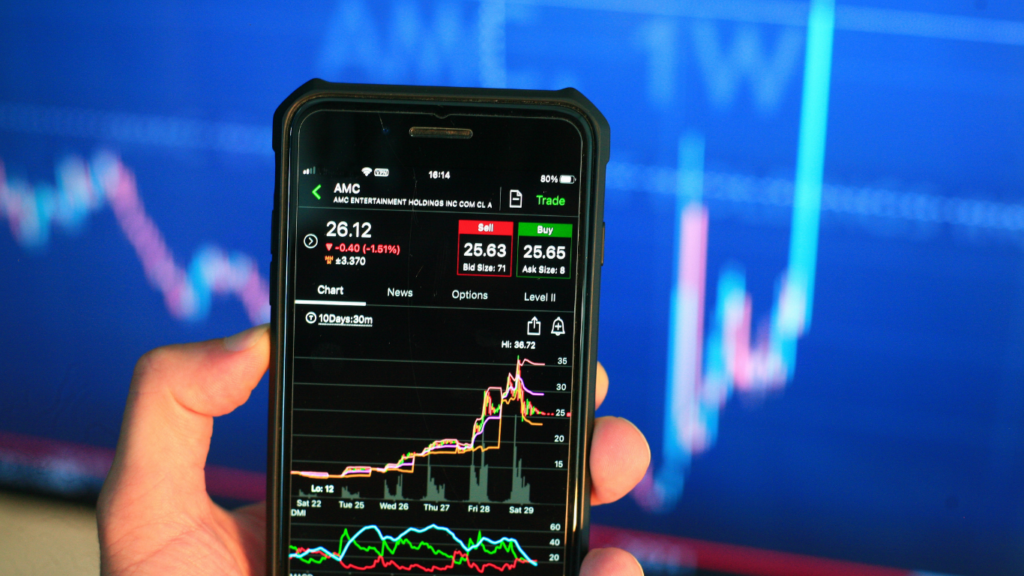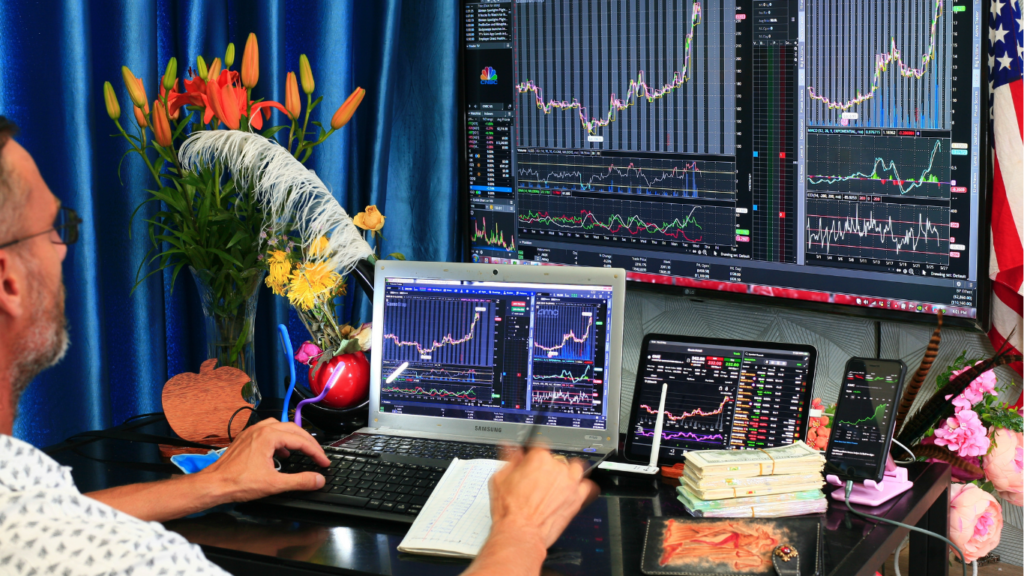Understanding Market Sentiment
Market sentiment captures the collective attitude of investors toward a market or asset. This perspective impacts decision-making and reflects investor psychology during trading.
Definition of Market Sentiment
Market sentiment, broadly speaking, describes the overall emotional stance of participants in a market. When investors feel confident about future prospects, sentiment is considered bullish. Conversely, when fear predominates, sentiment turns bearish.
Factors Influencing Market Sentiment
Several variables shape market sentiment, affecting the mood of market participants:
- Economic Data: Strong GDP growth or employment figures can boost confidence, while weak data can lead to uncertainty.
- Global Events: Geopolitical tensions or pandemics often trigger fear and cautious behavior.
- Company Performance: Earnings reports and forecasts inform investor expectations and can sway sentiment.
Indicators of Market Sentiment
Indicators help gauge market sentiment, providing insights into investor emotions:
- Surveys: Sentiment surveys like the American Association of Individual Investors (AAII) reveal general attitudes.
- Volatility Index (VIX): Often called the “fear index”, the VIX measures implied volatility in the market.
- Put/Call Ratio: A high ratio indicates bearish sentiment, while a low ratio suggests bullishness.
These elements allow investors to understand how emotions drive market fluctuations.
Exploring Market Momentum

Market momentum refers to the pace at which financial assets move in price. It helps investors determine prevailing market trends.
Definition of Market Momentum
Market momentum measures the rate of price change over time. It reflects how strongly an asset’s price moves, giving insight into potential future trends. High momentum indicates strong price movements, while low momentum suggests weaker shifts.
Key Drivers of Market Momentum
Several factors drive market momentum:
- Trading Volume: Significant trading volumes, such as during earnings announcements or geopolitical events, often amplify momentum.
- Investor Behavior: Collective actions by large groups, like institutional investors, can push momentum in specific directions.
- Market News: Events reported in financial news, like mergers or policy changes, can cause rapid price movements.
- Relative Strength Index (RSI): Indicates whether an asset is overbought or oversold, using a 0-100 scale.
- Moving Average Convergence Divergence (MACD): Highlights changes in strength, direction, and duration of a trend.
- Momentum Oscillator: Shows speed and magnitude of price changes, helping detect bullish or bearish signals.
Comparing Market Sentiment and Market Momentum
Market sentiment and market momentum both play crucial roles in influencing market behavior, yet they operate differently. Understanding their differences helps in formulating comprehensive investment strategies.
Differences in Impact on Market Trends
Market sentiment drives trends by affecting investors’ collective mood. When sentiment improves, bullish trends often emerge; when sentiment declines, bearish trends may follow. In contrast, market momentum quantifies the actual movement of prices, making trends visible. High momentum strengthens existing trends, while low momentum may signal a trend reversal. Thus, sentiment acts as a precursor to trends, whereas momentum confirms them.
Influence on Investment Decisions
Investment decisions are significantly shaped by market sentiment and momentum. Positive sentiment encourages buying, boosting demand; negative sentiment prompts selling, increasing supply. In comparison, strong momentum attracts momentum traders to capitalize on ongoing trends, whereas weak momentum leads to cautious approach. Market sentiment provides qualitative input, while momentum contributes quantitative data, enabling investors to balance emotion and analysis in decision-making.
Interaction Between Sentiment and Momentum
The interaction between market sentiment and momentum reveals complex dynamics. Positive sentiment can amplify momentum, driving significant price shifts, and high momentum can shift sentiment, turning skepticism into optimism. Conversely, negative sentiment may dampen momentum, whereas declining momentum can heighten fear and pessimism. Successful investors often watch both elements to anticipate market phases and seize opportunities efficiently.
Case Studies and Examples
Examining historical cases helps clarify how market sentiment and momentum function in real-world scenarios. These patterns provide a clear vision of how each concept impacts financial markets.
Historical Cases Highlighting Sentiment
Several scenarios emphasize the impact of market sentiment. During the dot-com bubble of the late 1990s, investor optimism in technology stocks drove prices to unsustainable levels. As companies oftentimes lacking solid fundamentals hit record highs, the bullish sentiment ultimately led to a market correction. Another example is the 2008 financial crisis, where widespread fear of collapsing financial institutions triggered a massive sell-off. Sentiment indicators, like the Volatility Index (VIX), then soared, reflecting extreme bearishness.
Instances Demonstrating Market Momentum
Market momentum’s effect becomes clear when analyzing past events. The rise of Bitcoin from 2015 to 2017, peaking at over $19,000, illustrates strong price momentum driven by increasing adoption and investor interest. Technical indicators such as the Relative Strength Index (RSI) and Moving Average Convergence Divergence (MACD) consistently showed bullish momentum. Similarly, Tesla’s significant price surges in 2020 were supported by robust trading volumes and positive news flow. These instances underline how momentum can enhance price trends and establish lasting trends.

 Juan Saxtonetic’s contributions to Funds Fortune Roll are rooted in his deep understanding of risk management and investment diversification. His innovative approach to analyzing risk and reward scenarios has guided the development of strategies that prioritize balanced decision-making. Juan’s work ensures that users have access to reliable tactics for managing their portfolios effectively, making him an essential part of the platform’s growth.
Juan Saxtonetic’s contributions to Funds Fortune Roll are rooted in his deep understanding of risk management and investment diversification. His innovative approach to analyzing risk and reward scenarios has guided the development of strategies that prioritize balanced decision-making. Juan’s work ensures that users have access to reliable tactics for managing their portfolios effectively, making him an essential part of the platform’s growth.